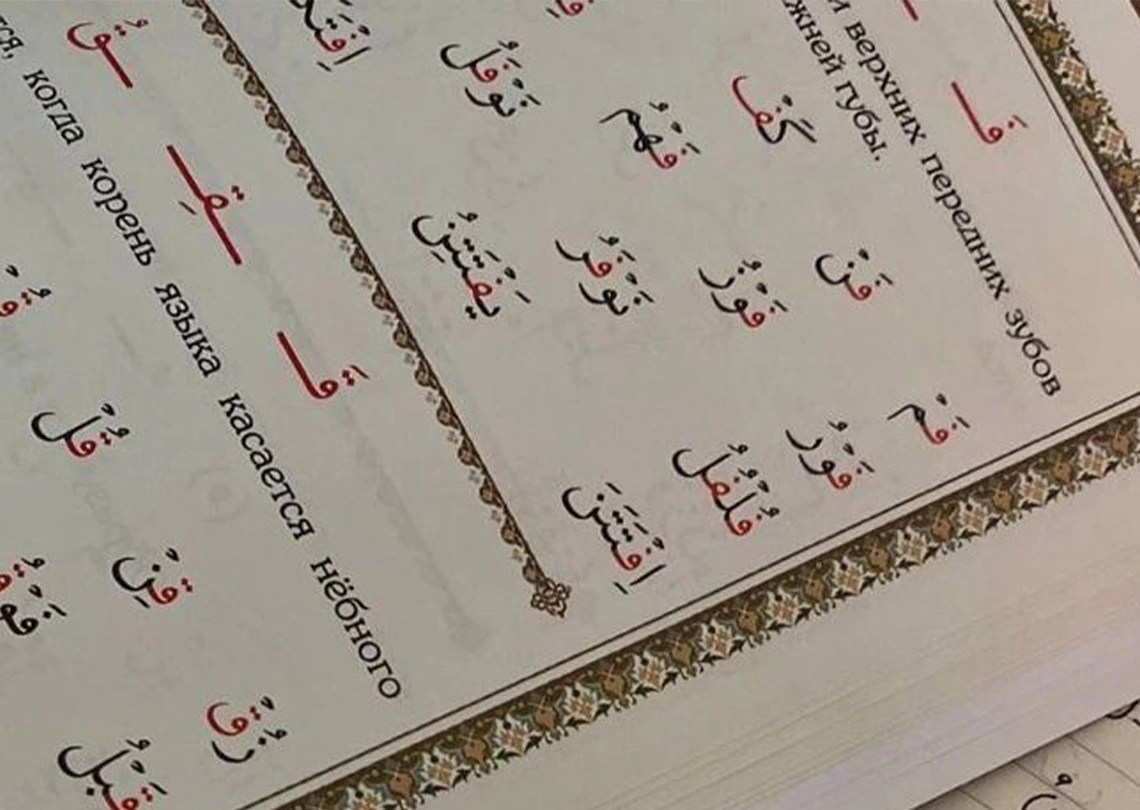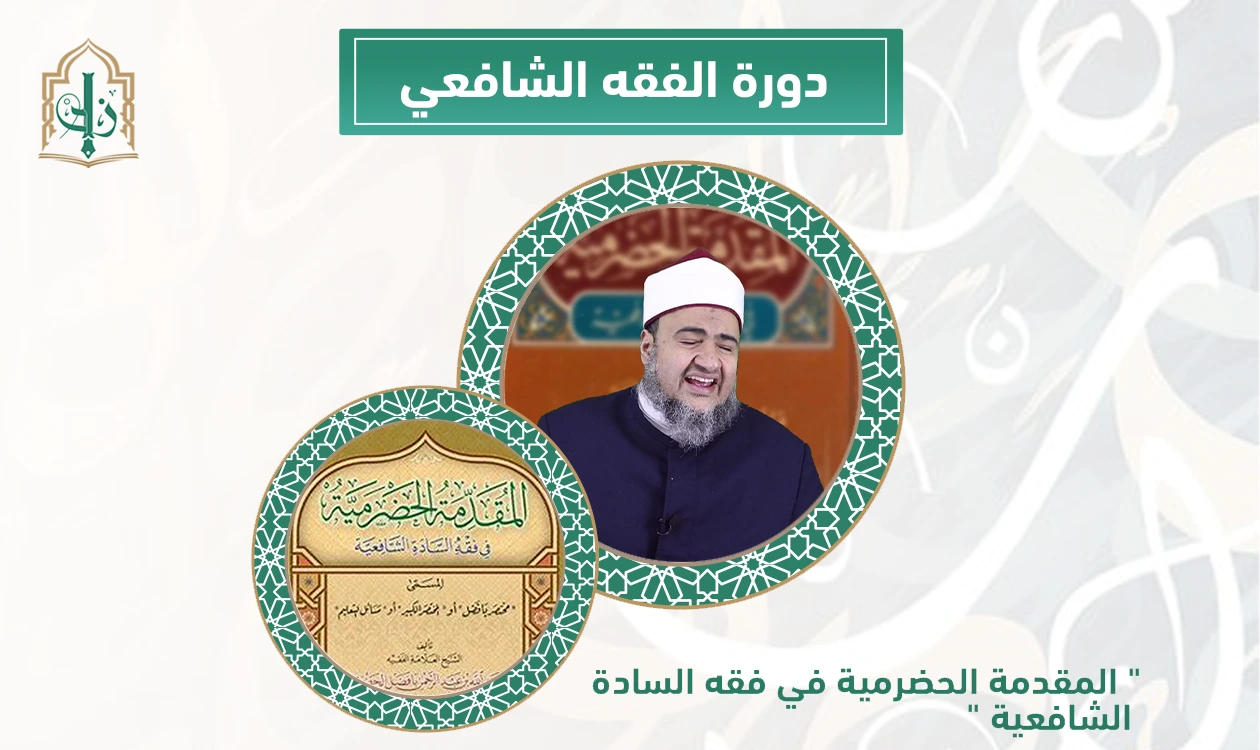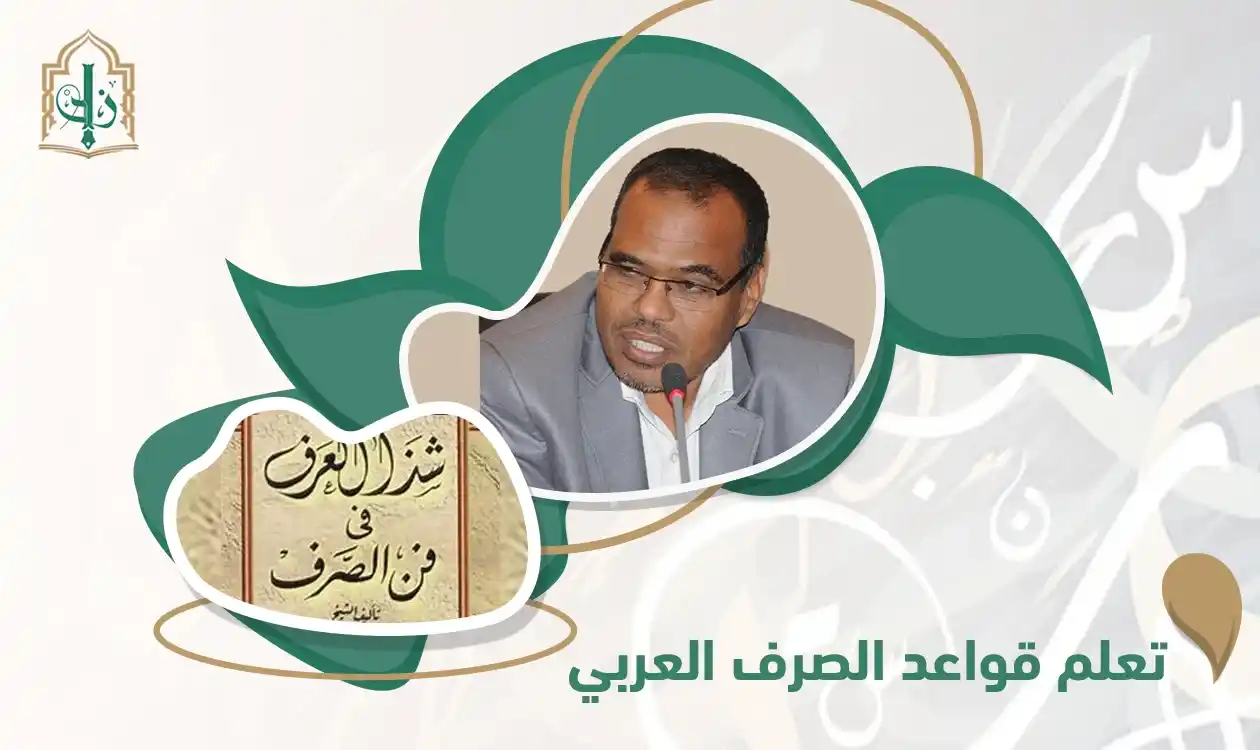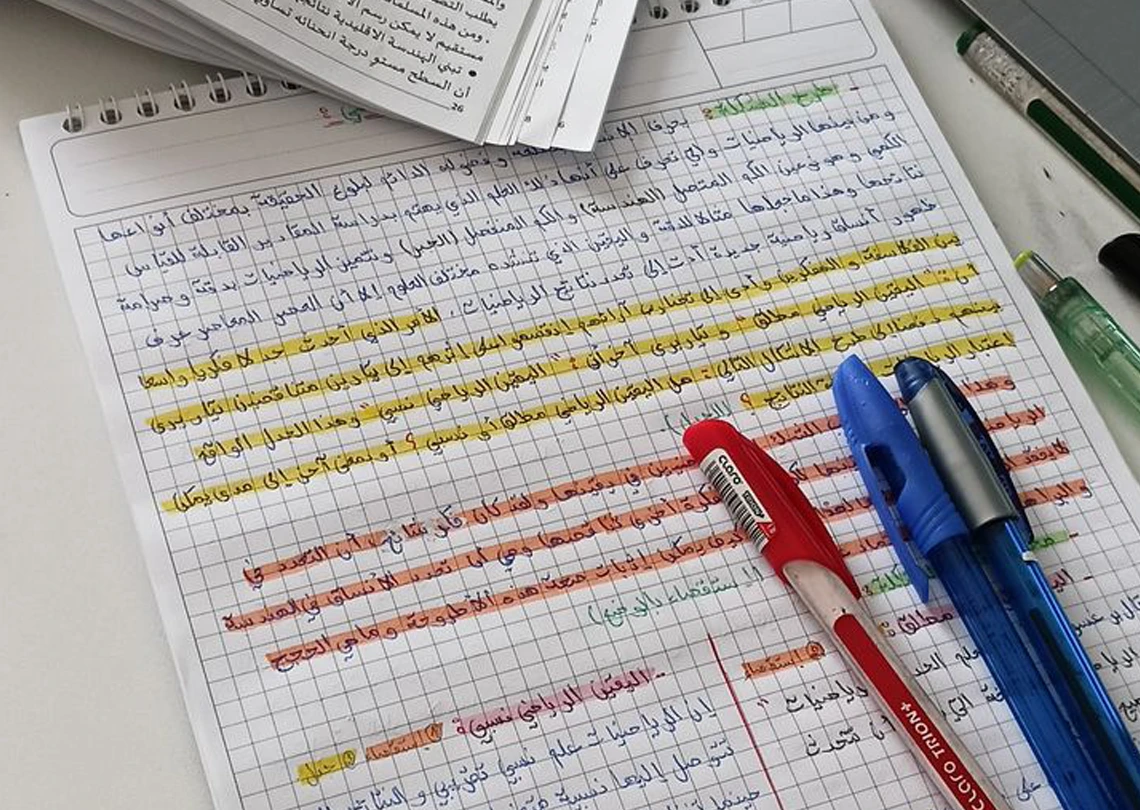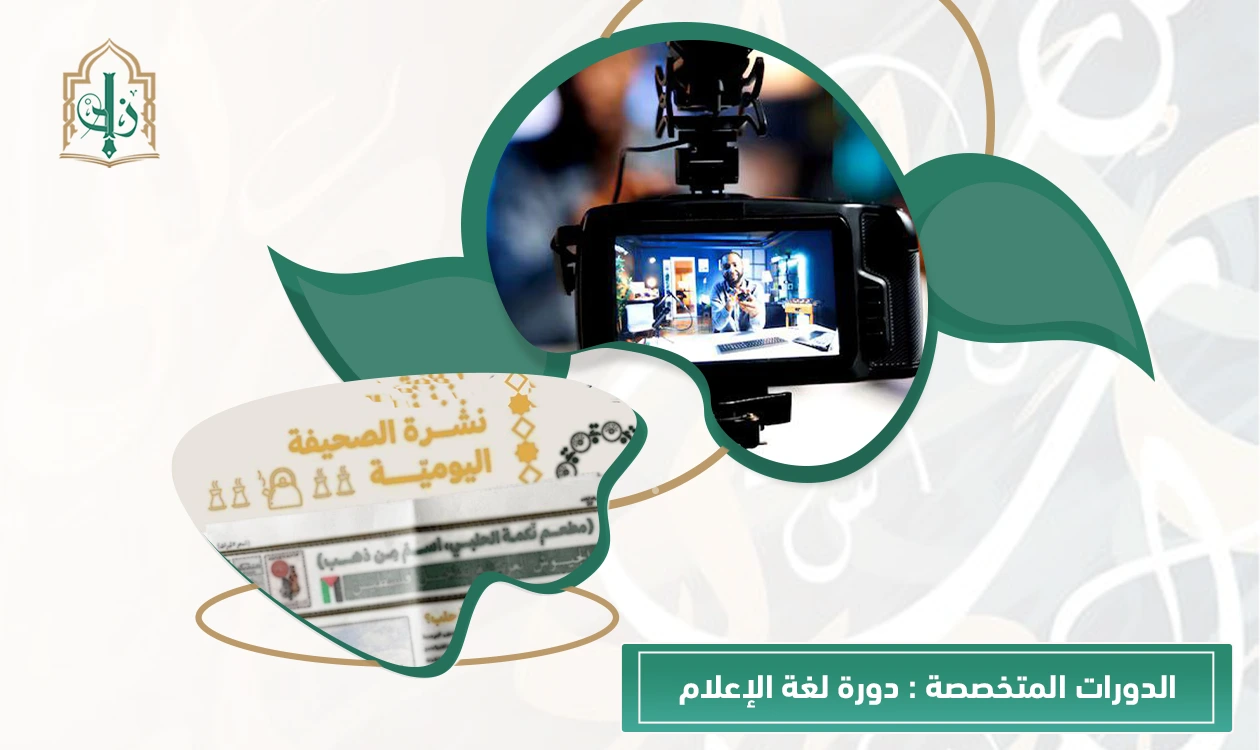-
27 Feb, 24
Arabic: The Jewel of Languages and the Secret of Civilizations
The Importance of the Arabic Language
Arabic holds exceptional importance across various fields, including religion, culture, science, and literature.
1. The Language of the Holy Quran
Arabic is the language of divine revelation, chosen by God as the language of the Holy Quran, giving it a unique sacred status among languages. It is also the language of the Prophet’s Hadiths, making it the foundation of Islamic jurisprudence and legislation.
2. The Vessel of Arab and Islamic Civilization
Arabic played a crucial role in transferring knowledge and sciences to the world, acting as a bridge connecting civilizations throughout history. During the Islamic Golden Age, Arabic was the language of philosophy, medicine, astronomy, mathematics, and literature. Many works from Greek, Persian, and Indian scholars were translated into Arabic, contributing to the advancement of global knowledge.
3. A Means of Communication for Millions
Arabic is one of the most widely spoken languages, with over 400 million speakers worldwide, in addition to millions who learn it for religious or academic purposes. It is also an official language in many countries and one of the six official languages of the United Nations.
4. A Language of Unique Literary and Linguistic Richness
Arabic boasts an extensive vocabulary, with over a million words, allowing it to express emotions and ideas with remarkable precision. Arabic poetry and literature are among the finest intellectual and artistic achievements, from pre-Islamic poetry (Al-Mu'allaqat) to Abbasid poetry, as well as modern novels and stories.
Unique Features of the Arabic Language
Arabic possesses numerous characteristics that distinguish it from other languages, including:
1. A Rich Phonetic System
Arabic includes a diverse range of sounds, utilizing multiple articulation points from the throat, larynx, tongue, and lips, giving it a naturally rhythmic and musical quality.
2. Root-Based Morphology
Arabic relies on a root system, primarily trilateral roots, which allows for the derivation of numerous words from a single root, enhancing its flexibility and meaning comprehension.
3. Precision through Grammar and Syntax
The Arabic language’s grammatical system, particularly its case endings (i‘rab), ensures clarity and precision in expression, preventing ambiguity in meaning.
4. Rich Rhetorical and Literary Styles
Arabic abounds in rhetorical devices such as metaphor, allegory, and simile, making it one of the most expressive and aesthetically powerful languages.
Challenges Facing the Arabic Language
Despite its deep heritage and significance, Arabic faces several challenges that threaten its vitality and continuity, including:
1. Limited Use in Scientific Research
Many researchers and students prefer using foreign languages, especially English, in their academic work, diminishing Arabic’s presence in modern scientific disciplines.
2. Influence of Foreign Languages and Dialects
With globalization and the rise of social media, foreign terms increasingly replace authentic Arabic words, leading to a decline in the use of formal Arabic in daily life.
3. Scarcity of Digital Content in Arabic
Although Arabic speakers number in the hundreds of millions, Arabic digital content remains weak compared to other languages, highlighting the need to strengthen its presence in technology and online platforms.
Global Interest in the Arabic Language
Arabic has gained increased global recognition, becoming an official UN language in 1973 and being taught in many universities and academic institutions worldwide. Many non-native speakers seek to learn Arabic to understand Arab and Islamic culture.
Arabic remains a symbol of identity, heritage, and intellectual legacy—a language rich in history and depth, carrying the essence of a great civilization. It is our collective duty to preserve it and promote its use across education, media, and technology to ensure its continued growth and global reach.

“ The Arabic language is one of the oldest and most beautiful languages in the world. It is not merely a means of communication but a vessel of civilization, heritage, and human thought. With its deep history and strong presence, Arabic forms an essential part of the cultural identity of millions, whether as their native tongue or as a language they seek to learn for its religious and scientific significance. ”







